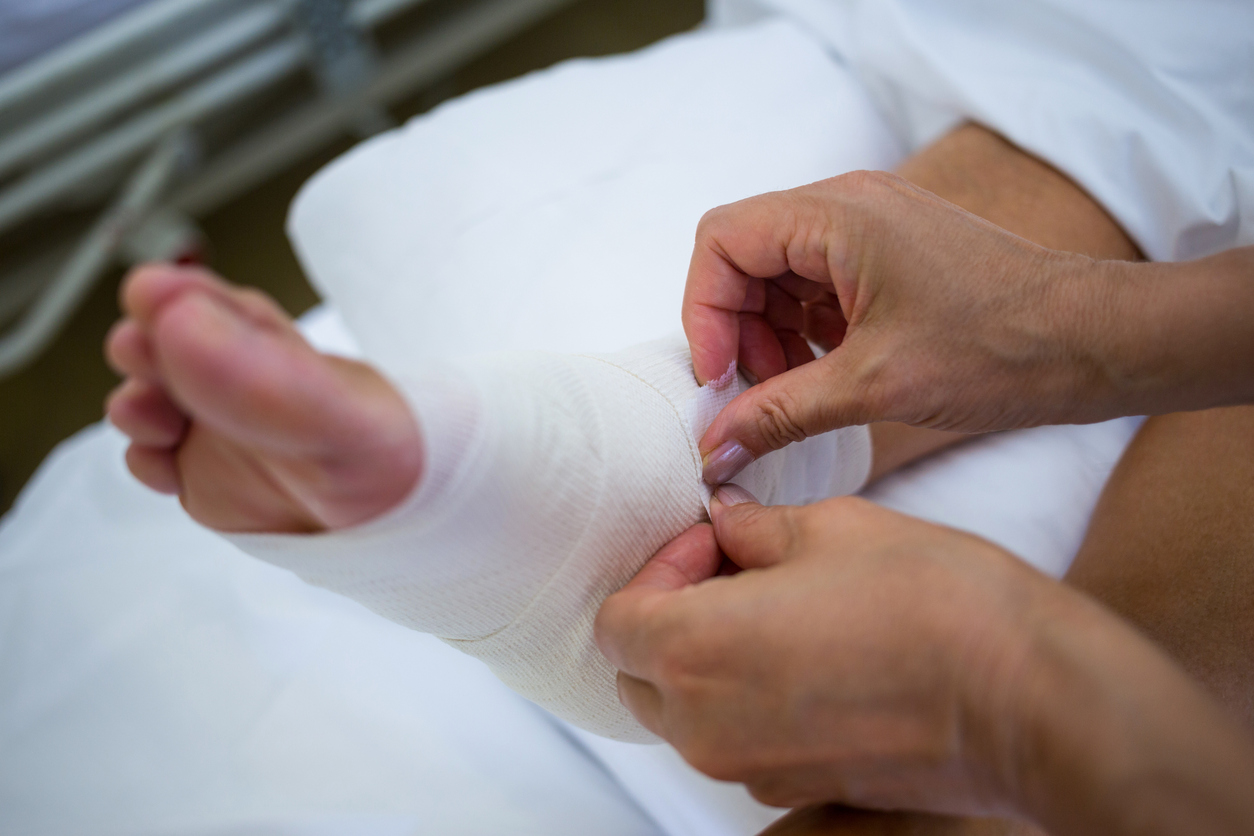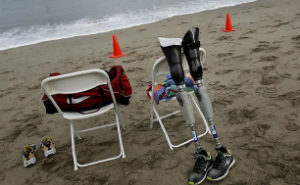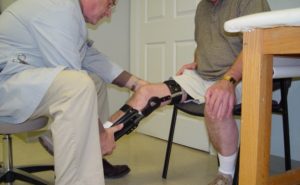Orthotic shoes are often an important part of post-op recovery for some foot surgeries.
With 26 bones in the human foot ─ and all the stress and pressures we place on our feet − it is little wonder that feet are so susceptible to injury and the need for various treatments, including foot surgery.
The average recovery time for most foot surgeries, according to Ortho Foot and Ankle, can take from 4-6 weeks for general healing through rest and some gentle physical therapy. Ultimately, it can take several additional months for the bones to fully heal. Orthopedic surgery patients may need some additional post foot surgery shoe support throughout various stages of the recovery process to protect the foot until it has completely healed, and for Arkansas patients, Horton’s can help!
What Types of Orthotic Shoes Will You Need for Your Post-Operative Recovery?
The most essential feature of orthotic shoes is that they support your foot, promoting healing while simultaneously reducing the chances that you will suffer a recurrence of the symptoms that prompted the surgery. Your orthopedic surgeon will probably prescribe orthotic shoes to support your foot, but it may help you to get an idea of what type of orthotic shoes you may eventually need before undergoing surgery.
Following are the most common foot surgeries that call for post-op orthotic shoes:
Foot Fracture Repair and Restoration. There are many possible fractures that your foot might endure, just due to the sheer number of bones and the force you place on your foot. The American Orthopaedic Foot & Ankle Society cites that the primary goals of surgery for foot fractures “are to restore the fractured bone to its correct position, stabilize the bone in this position, encourage healing, restore function and reduce the risk of future problems such as persistent pain, loss of motion and arthritis.” There is no one-size-fits-all recommendation for orthotic footwear after foot fracture surgery, but a few considerations to keep in mind include finding a post-operative shoe that accommodates swelling and bulky dressings, allows only the doctor-recommended range of motion, and adds overall stability.
Bunion Removal Surgery. Patients who suffer from bunions are already familiar with searching for accommodating footwear to relieve the pressure before surgery becomes an option. This approach is often successful, even if it is less than convenient and limits regular footwear for patients. However, if the pain from the bunion becomes unmanageable for patients ─ perhaps due to an increase in size ─ surgeons recommend removal. Athletic shoes or soft leather oxford type shoes are often the best choice for patients recovering from bunion surgery since they are soft and flexible while still giving support.
Heel Spur Surgery. Caused by an excessive pull and strain of the ligament in the arch of the foot called the plantar fascia. Similar many types of foot problems, doctors hesitate to recommend surgery for this condition, but if all other non-invasive treatments fail, and the patient feels unrelenting pain, it is the best course. The goal of the surgery is generally to detach the plantar fascia from the heel, and depending on the surgeon’s choice, he or she may or may not remove the heel spur during surgery. The release of tension, due to the detachment, is often sufficient. After surgery, you may be able to walk immediately, but your doctor will recommend your best course, as far as your level activity and the type of footwear you choose that will accommodate your orthotics.
Find the Best Orthotic Shoes for any Post-Op Procedure
Whether you have basic questions about orthotics in Arkansas, or you need help filling your prescription, Horton’s Orthotics & Prosthetics can help. Our certified clinicians are familiar with a wide range of surgeries for all conditions and the best type of footwear to help you fully recover in comfort. Contact us at 501-683-8889 for more information.
[maxbutton id=”6″]



